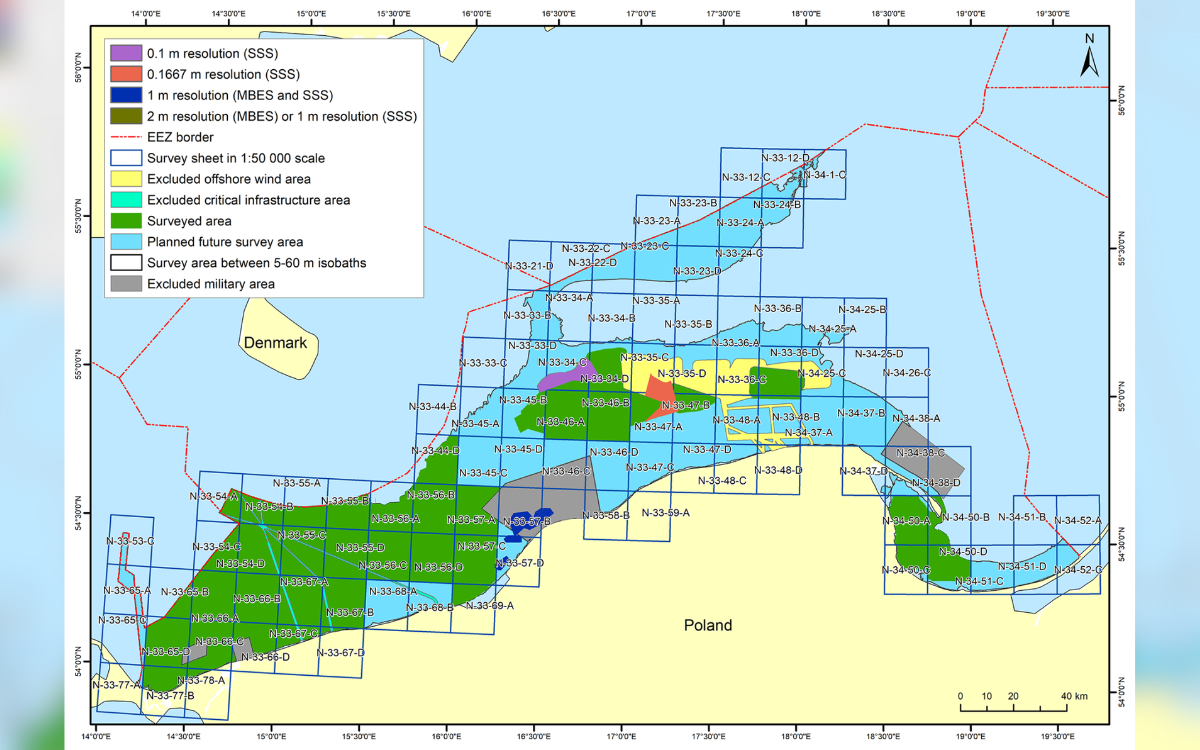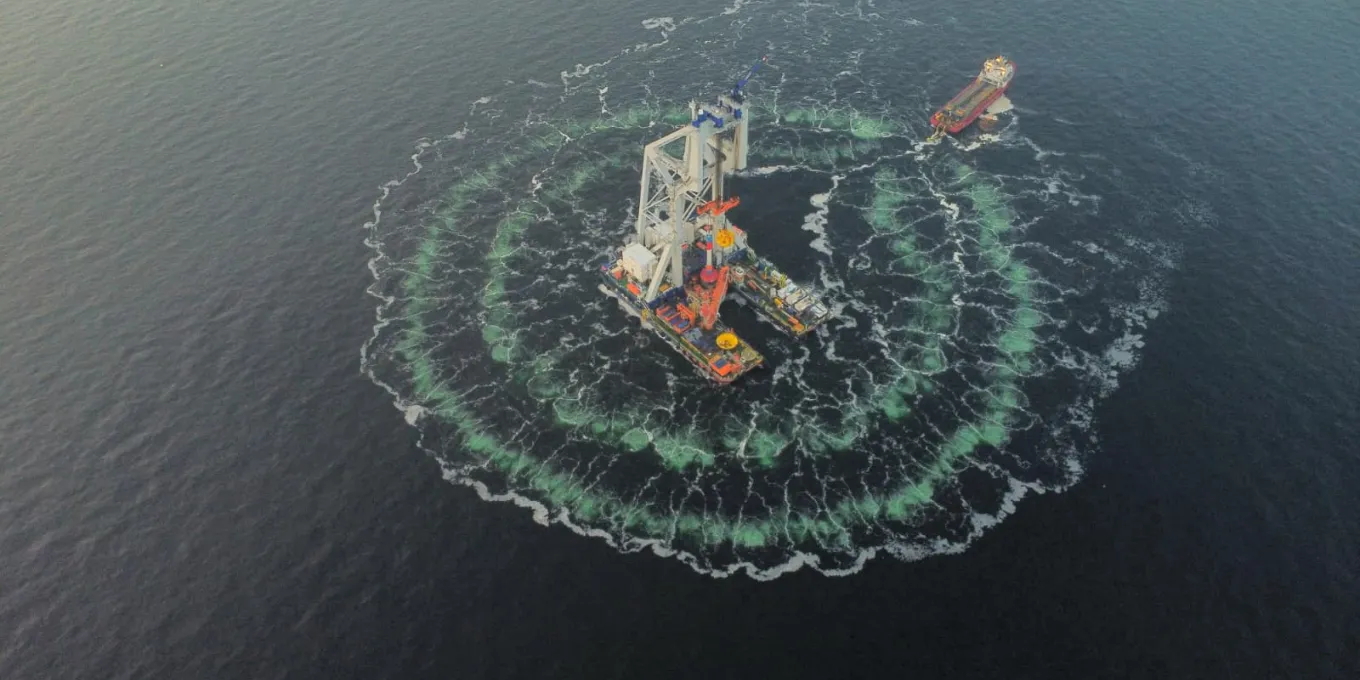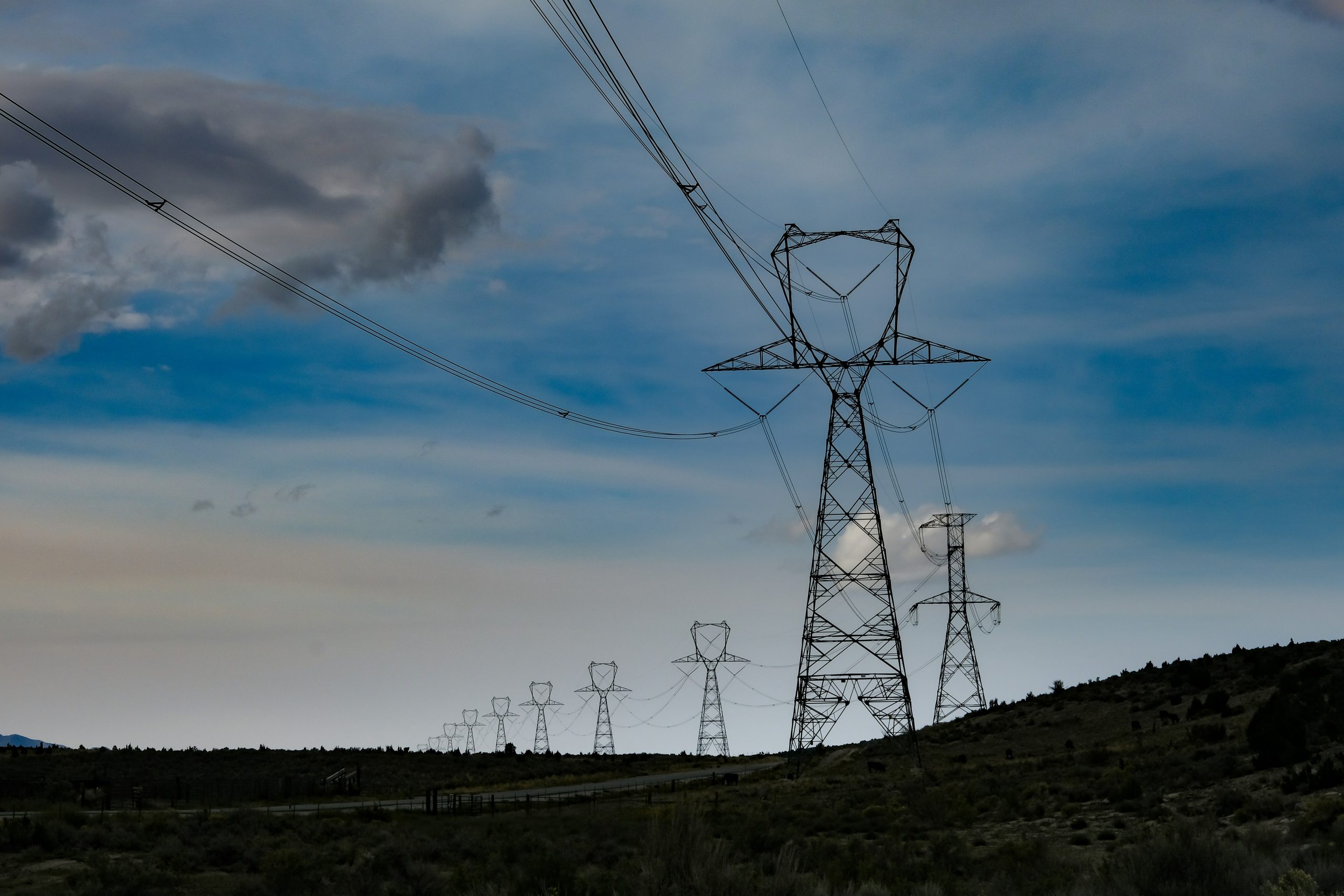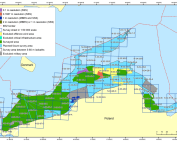The wind energy sector achieved extraordinary milestones in 2023, playing a pivotal role in the global surge of renewable energy capacity. According to the latest report from the International Renewable Energy Agency (IRENA), wind power—both onshore and offshore—has cemented its position as one of the fastest-growing and most cost-effective sources of clean energy. This year saw a record-breaking 473 gigawatts (GW) of new renewable capacity added globally, a 54% increase from 2022, with wind energy contributing significantly to this historic growth.
Onshore and offshore wind energy have emerged as cornerstones of the global clean energy transition, with total installed wind capacity experiencing substantial expansion. Onshore wind capacity, in particular, saw remarkable cost declines. The global weighted average cost of electricity from newly commissioned onshore wind projects dropped by 3% year-on-year, making it 67% cheaper than the average cost of fossil fuel-fired power generation in 2023. This is a dramatic shift from 2010, when onshore wind was still 23% more expensive than fossil fuels. Offshore wind also saw a meaningful cost reduction of 7%, further bolstering its role in the renewable energy mix.
China has been the driving force behind wind energy’s global expansion, accounting for 66% of new onshore wind installations and 65% of offshore wind additions in 2023. The country’s large-scale investments in wind power have significantly contributed to the global decline in the cost of wind technologies. This leadership from China, combined with growing adoption in Europe, the United States, and other regions, is helping to position wind energy as one of the primary solutions for reducing carbon emissions and enhancing energy security.
Beyond the remarkable growth in capacity, wind energy’s economic competitiveness continues to soar. The global levelised cost of electricity (LCOE) for new onshore wind projects has fallen drastically since 2010, making it not only competitive but often more affordable than fossil fuel alternatives. This cost reduction underscores the maturity of wind technology and its increasing efficiency in generating clean electricity at scale.
Offshore wind, while historically more expensive due to its complex infrastructure requirements, has followed a similar downward trend in costs. The 7% cost reduction in 2023 signals that offshore wind is rapidly becoming more viable, especially as larger projects benefit from economies of scale and technological advancements. Offshore wind farms, with their potential for large-scale power generation and higher wind speeds, are poised to play an even more significant role in decarbonizing the global energy grid in the coming years.
The economic benefits of wind energy are equally impressive. IRENA’s report estimates that the total renewable capacity added since 2000—much of which is driven by wind power—saved the global power sector an astounding USD 409 billion in fuel costs in 2023 alone. This underscores wind energy’s ability to deliver both environmental and economic benefits, making it a critical component of energy security and cost savings globally.
While wind energy’s environmental and economic advantages are clear, its role in stabilizing energy markets cannot be overstated. As fossil fuel prices have returned closer to their post-2010 levels, wind energy has proven resilient, maintaining its competitiveness. With the potential for further cost reductions and technological advancements, wind energy is expected to lead the charge toward a carbon-neutral energy system.
In conclusion, 2023 stands out as a landmark year for wind energy, marking a transformative shift in the global energy landscape. The rapid expansion of wind capacity, coupled with significant cost declines, highlights the essential role wind power will play in the global energy transition. With countries like China at the forefront and other nations ramping up their investments, wind energy is poised to drive further progress in the coming decade. It is no longer just an alternative source of power—it has become one of the most reliable and cost-effective solutions to meet the world’s growing energy needs and mitigate the effects of climate change.
Full report: https://www.irena.org/Publications/2024/Sep/Renewable-Power-Generation-Costs-in-2023
Source: IRENA















